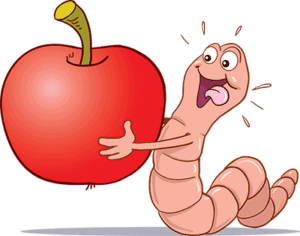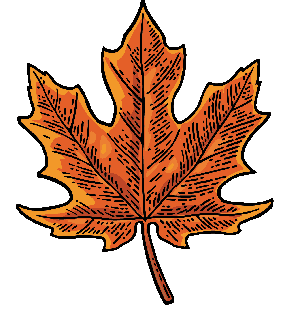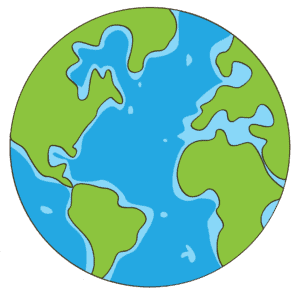Earthworm Poem

This poem is slimy,
And twisty, and squirmy,
It tells the tall-tale,
Of squishy earth-wormy,
Who lived underground,
Munching old leaves,
Then turning them into brown soil for trees… =
=
The worm couldn’t see,
No eyes, arms, or feet,
But helped plants to grow,
Chew, poo, repeat…
One day a blue-birdy,
Was out for a snacky,
And saw the earthworm,
What happened was wacky!
Bird flew for the worm,
To eat it for lunch,
But little girl, Lucy,
Stepped out with a crunch,
“Leave worm alone!
He might be muck-yucky,
But the soil he makes,
Makes all of us lucky!
I’ll protect mister earthworm!
With all that I’m worth,
We need slimy earthworms,
They’re good for the Earth!”
What is an earthworm?
Earthworms are invertebrates (no spinal cord) and there are thousands of species distributed throughout the world.
Earthworms are important for soil. Not only does their waste (castings) return important nutrients, but their movements in the ground help ‘plow’ and aerate soil.
Worms are decomposers that break down and help recycle plants, dead animals, animal waste, and other matter.
Worms can be used in worm bins to help turn household waste into rich soil-consider setting up a worm bin of your own to help recycle your trash!
Earthworms have no eyes, but they can sense light.
Earthworms need to stay moist to survive and will die if they dry out.
Earthworms hatch from tiny cocoons (about the size of a grain of rice).
The largest earthworm ever found was in South Africa and was 22 feet long!

